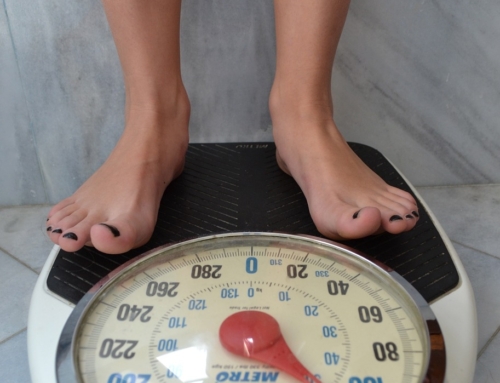I have heard so many different approaches and recommendations regarding isolation and when to be released from isolation. Many businesses have created policies requiring their employees to have three negative tests before returning to work. Recent studies have looked at these issues and the CDC has adjusted their recommendations. You will be thrilled to know that they clearly defined how long to isolate (not as long as before) and if you should retest.
Read on to see what they found…
First, virus shedding is not the same as active virus. Just because you are shedding viral particles doesn’t mean you are contagious. You can shed viral particles for a long time after you have had the virus but NOT have active virus. In a recent meta-analysis of 79 studies they discovered that there were NO live viral particles beyond day 9 of illness despite persistently high viral loads!! In addition, they noted high viral loads at the time of symptom onset or in the prodromal phase of illness which helps support the spread of COVID during these early phases. The highest risk of transmission occurs very early in the disease from a few days before and within the first 5 days after symptom onset.
As a result of studies like this CDC has announced some changes to their isolation recommendations. Here is there exact statement: Accumulating evidence supports ending isolation and precautions for persons with COVID-19 using a symptom-based strategy. (versus a testing based strategy)
Below are the actual guidelines as of this newsletter on 11/27/2020. I am putting the date because these guidelines are frequently changing as they learn more about this virus.
Basically…
- Unless you had a severe infection (hospitalized), you should be good to go after 10 days of onset of symptoms as long as you are 24 hours fever free (without meds to decrease fever). Persons with more severe to critical illness or severely immunocompromised likely remain infectious no longer than 20 days after symptom onset.
- If you were asymptomatic and tested positive then it is 10 days from your positive test.
- If you had a significant exposure then your highest risk of getting COVID is within 6 days of contact with that person.
- You do not need a repeat test after you are positive as long as you meet the criteria of 10 days with 24 hours of fever free. The only people they are recommending repeat testing is if you are immunocompromised.
Here are their recommendations…. (here is the link if you want to see it on their site)
- Duration of isolation and precautions
- For most persons with COVID-19 illness, isolation and precautions can generally be discontinued 10 days after symptom onset1 and resolution of fever for at least 24 hours, without the use of fever-reducing medications, and with improvement of other symptoms.
- A limited number of persons with severe illness may produce replication-competent virus beyond 10 days that may warrant extending duration of isolation and precautions for up to 20 days after symptom onset; consider consultation with infection control experts.
- For persons who never develop symptoms, isolation and other precautions can be discontinued 10 days after the date of their first positive RT-PCR test for SARS-CoV-2 RNA.
- For most persons with COVID-19 illness, isolation and precautions can generally be discontinued 10 days after symptom onset1 and resolution of fever for at least 24 hours, without the use of fever-reducing medications, and with improvement of other symptoms.
- Role of viral diagnostic testing (PCR or antigen)2 to discontinue isolation or precautions
- For persons who are severely immunocompromised, a test-based strategy could be considered in consultation with infectious diseases experts.
- For all others, a test-based strategy is no longer recommended except to discontinue isolation or precautions earlier than would occur under the strategy outlined in Part 1, above.
- Role of viral diagnostic testing (PCR or antigen)2 after discontinuation of isolation or precautions
- For persons previously diagnosed with symptomatic COVID-19 who remain asymptomatic after recovery, retesting is not recommended within 3 months after the date of symptom onset for the initial COVID-19 infection.
- For persons who develop new symptoms consistent with COVID-19 during the 3 months after the date of initial symptom onset, if an alternative etiology cannot be identified by a provider, then the person may warrant retesting. Consultation with infectious disease or infection control experts is recommended, especially in the event symptoms develop within 14 days after close contact with an infected person. Persons being evaluated for reinfection with SARS-CoV-2 should be isolated under recommended precautions while undergoing evaluation. If reinfection is confirmed or remains suspected they should remain under the recommended SARS-CoV-2 isolation until they meet the criteria for discontinuation of precautions – for most persons, this would be 10 days after symptom onset and resolution of fever for at least 24 hours, without the use of fever-reducing medications, and with improvement of other symptoms.
- For persons who never developed symptoms, the date of first positive viral diagnostic test (PCR or antigen) for SARS-CoV-2 RNA should be used in place of the date of symptom onset.
- Role of serologic testing
- Serologic testing should not be used to establish the presence or absence of SARS-CoV-2 infection or reinfection.
To your health,
Laura









